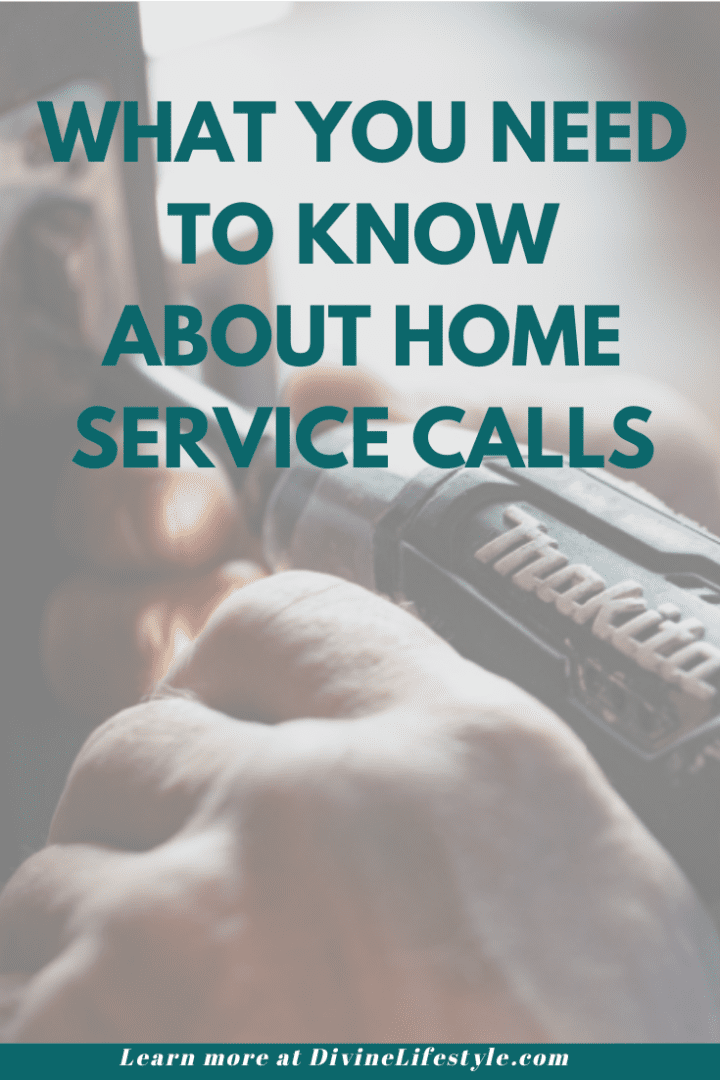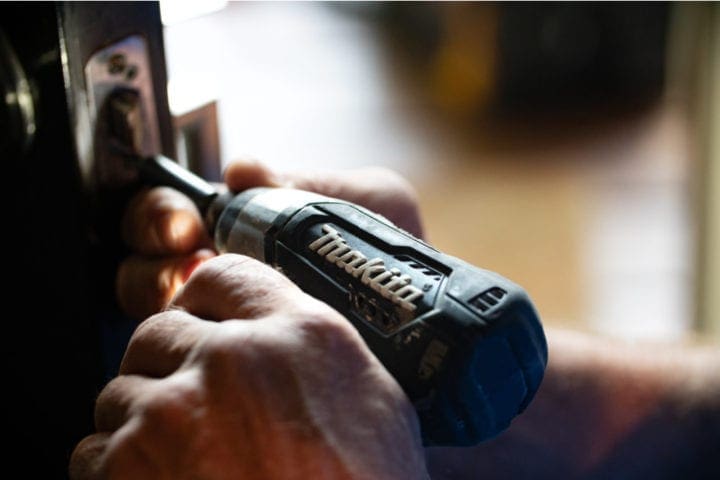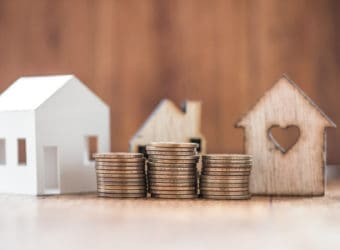What You Need to Know About Home Service Calls
posted by Stacie on September 2, 2020
// Comments Off on What You Need to Know About Home Service Calls
What You Need to Know About Home Service Calls
Unfortunately, despite the pandemic, you will most likely need to have some kind of repair performed. There are specific steps you can take to protect yourself no matter which type of service you require. We hope that this What You Need to Know About Home Service Calls post inspires you.
- Ask the technician to wear a mask
- Make certain everyone in your home is wearing a mask during the visit
- Remain a minimum of six feet from the technician at all times
- Interactions between your household members, pets, and the service provider should be limited
- All surfaces within your home potentially touched by the technician should be cleaned and disinfected after the repair is completed.

What You Need to Know About Home Service Calls
Where to Find Service Technicians Who Are Still Open
Many independent plumbers, electricians, and other service contractors have had to alter their business models during the pandemic. It's not unusual for your “usual guy” to be nowhere to be found when you need him. In times like these, your best friend is the web; sites like Angie's List and Networx are great for plugging in a search like “plumbers near me” or “electricians near me.” You might be tempted to call a national chain, but remember that your support helps local business owners and employees feed their families.
CDC Safety Tips
The CDC offers tips to help you remain safe and to slow the spread of coronavirus. Generally speaking, the longer your interactions with others, the greater your risk of spreading the coronavirus. The CDC recommends limiting contact as much as possible and maintaining a distance of six feet from others, including technicians. Preventative actions, including wearing masks, can decrease your risk even more. Before the technician arrives at your home, use the above tips to keep your service provider, your family, and yourself safe when having repairs or services performed in your home.
Meet with an Expert for your Dream Home
Before Arrival
Ask for a consultation on the phone to provide as much information as you can before the technician arrives. Contact the local health department to determine if a stay-at-home order is in effect for your community restricting non-essential services or activities. Decide if your service request is essential or if it can wait for a better time. If you or anyone in your home has had close contact with someone diagnosed with COVID-19, has symptoms of the coronavirus, or has received a positive diagnosis, do not schedule any non-emergency services or repairs requiring a technician to enter your home until the affected individuals can be around others safely to limit infection risks.
If anyone in your home is older, has an underlying medical condition, or is at risk of contracting a severe illness, consider taking them to a safe location outside of your home during the service. If you are unable to be at home, have a healthy individual following all current protocols and let in the technician. You can also decrease the amount of time the technician needs to be in your home.
This can be easily accomplished with a pre-service consultation. A good example is using email or phone to explain the details of your issue and then sending pictures before your scheduled appointment. All precautions your service provider intends to take should be discussed before your appointment, including using masks while in your home in addition to pre-screening procedures, including using the restroom and temperature checks.
 During Your Appointment
During Your Appointment
If your technician is not wearing a mask, you should ask them to do so before allowing entry into your home. If your service provider appears to be ill or has potential symptoms of coronavirus, do not let them into your home. If the technician enters your home wearing a mask and keeps it on during the entire visit, your risk of COVID-19 decreases. All members of your household present should be wearing masks. If your technician's mask becomes soiled, contaminated, or wet during the repair, think about having a few clean masks to offer. All physical greetings should be avoided, including shaking hands. Only conduct necessary conversations and eliminate small talk. When possible, have all conversations outside while observing social distance etiquette.
You should maintain a minimum distance of six feet from the technician. Interactions between yourself, the members of your household, and your pets with the technician should be limited. If you require an outdoor service, ventilation within your home should be maximized, including opening windows or running your air conditioner.
Minimum Drama, Maximum Joy During the Holidays
After Your Appointment
Once the repair or service is complete, pay using your phone or ask for touchless payment options to eliminate touching a keypad, card, or money. If you have to use a keypad, card, or money, use soap and water to wash your hands for a minimum of 20 seconds whenever possible. Otherwise, use a hand sanitizer containing a minimum of 60 percent alcohol after you have paid. We hope that this What You Need to Know About Home Service Calls post inspires you. Good luck!
Rapid Testing in the Age of the Coronavirus
Comments Off on What You Need to Know About Home Service Calls

 During Your Appointment
During Your Appointment



